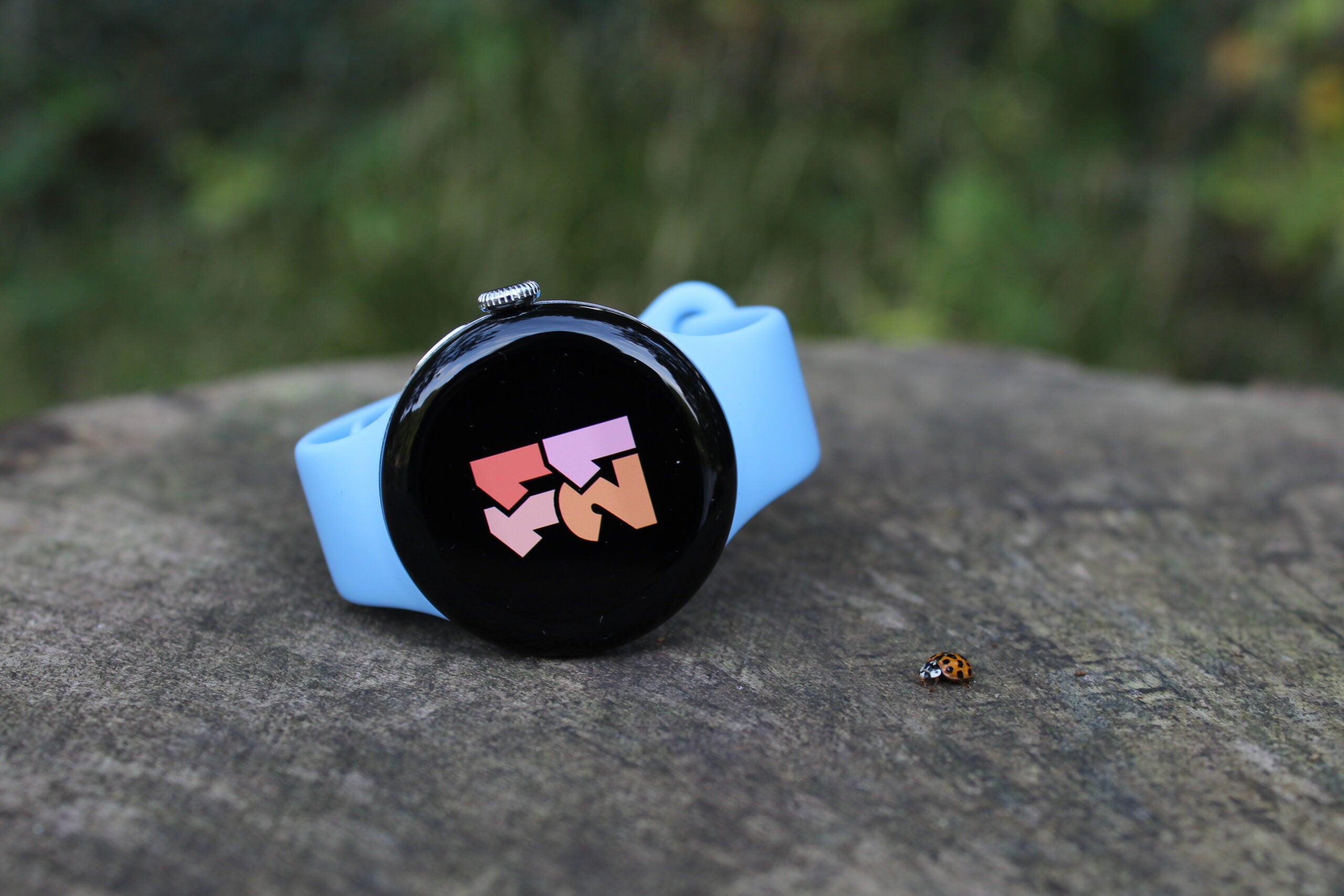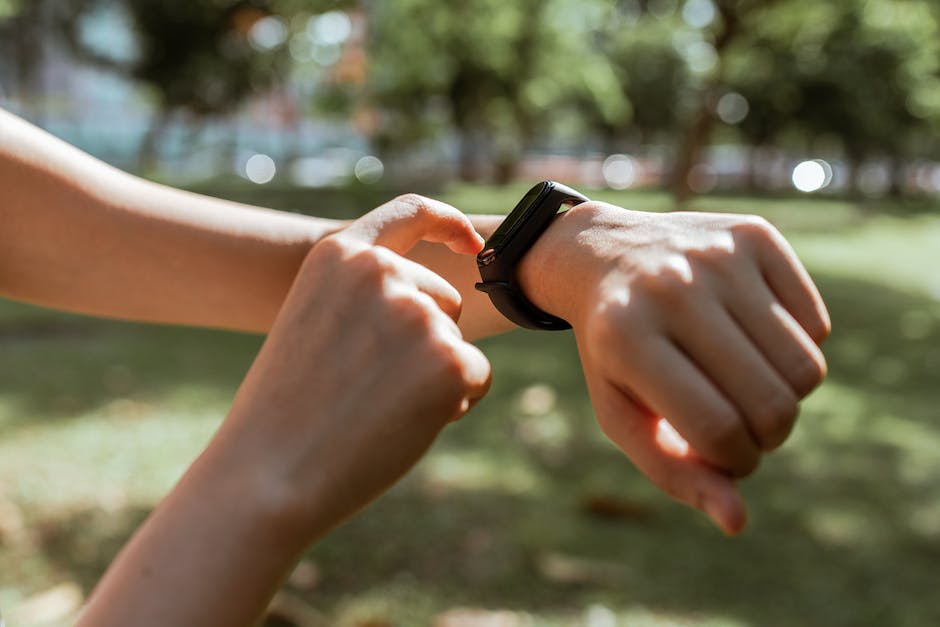Are Fitness Trackers Accurate for Heart Rate?
Wondering if wearing a fitness tracker is accurate in tracking your heart rate? You’re in luck—we’ve done the research to answer all your questions. In this article, we’ll explore whether fitness trackers are reliable tools to monitor heart rate and if they can provide useful information to help you reach – and stay at – your fitness goals.
List of Content
- 1. What Are Fitness Trackers?
- 2. How Do Fitness Trackers Measure Heart Rate?
- 3. Evaluating the Accuracy of Fitness Trackers for Heart Rate
- 4. Advantages and Disadvantages of Fitness Trackers for Heart Rate Tracking
- 5. Best Practices to Ensure Accurate Heart Rate Measurement
- 6. Summary and Conclusion
- You Ask, I answer

1. What Are Fitness Trackers?
Fitness trackers are a great way to take control of your health and fitness. They look like wristbands, watches, clips, or pendants, but they’re much more than that.
These devices are designed to help you reach your fitness goals. They can track your heart rate, steps taken per day, nutrition, and much more. You can sync your tracker with your phone or computer to access and use your data.
A great thing about fitness trackers is that they provide real-time information for users to make informed decisions. For example, you can see how many calories you’ve burned so far during a workout. This helps you adjust if you’re not seeing the results you want.
During workouts, these devices can also give audio or visual cues to help keep you motivated. They can track your records over time, so you can keep track of your personal progress. Fitness trackers look like simple gadgets, but they are excellent tools for anyone looking to reach their fitness goals.
- Tracks heart rate
- Counts steps and calories burned
- Monitors nutrition
- Syncs with phone or computer
- Provides real-time feedback
- Records progress over time

2. How Do Fitness Trackers Measure Heart Rate?
Most fitness trackers require users to wear them around their wrists. Inside the tracker is a type of sensor known as a photoplethysmogram (PPG), which uses light to measure your heart rate. When light is sent into your skin, it will either be absorbed or scattered. Between heartbeats, it will be scattered, and during heartbeats, it is more likely to be absorbed due to increased circulation.
The PPG sensor then records this absorption and transmits an electrical signal, which is then interpreted as your heart rate. The data is then captured and stored in the app that accompanies the tracker or is reflected in real-time data readouts.
Fitness trackers come in a wide variety of styles, some of which are equipped with additional sensors that further enhances the accuracy of the heart rate tracking. These sensors include:
- Accelerometers, which measure body movement
- Optical light sensors, which measure the amount of incoming light
- Galvanic skin response (GSR) sensors, which measure skin conductance
- Thermometers, which measure body temperature
These additional sensors allow for more accurate and precise measurements of your physical activity and can provide an even deeper insight into your cardiovascular health. In comparison to other methods of heart rate tracking such as ECG’s, fitness trackers are both accurate and convenient to use.
3. Evaluating the Accuracy of Fitness Trackers for Heart Rate
Mechanisms in trackers for capturing heart rate: Fitness trackers typically use an optical heart rate sensor to detect the volume of blood under the skin and calculate the number of heartbeats. This technique is based on photoplethysmography (PPG). The functionality of PPG sensors is based on the premise that blood absorbs more light than body tissue; since blood flows through the veins cyclically, it reflects the volume of light and helps measure the optical pulse.
Factors to consider in heart rate accuracy:
- Movement of the wearer: Moving during exercise can compromise accuracy in optical heart rate sensors due to an increase in noise and motion artifacts.
- Type of exercise: Exercise type has a significant effect on the accuracy of fitness trackers. Different activities require different biomedical signals to be measured accurately.
High-intensity exercises such as running and weight training create more body movement that can negatively affect accuracy. - Extent of sweating: It can affect the amount of light transmitted and received by the sensor, factor that can play a role in the accuracy of the tracker.
Testing accuracy of fitness trackers for heart rate: Heart rate accuracy for fitness trackers can be tested in a lab setting using reference electrocardiography (ECG) system and dedicated software. This type of system compares the trackers’ output with the reference ECG and provides a graph of the recorded values and the error rate in comparison to the reference device.
Conclusion: Fitness trackers are a great tool for tracking your heart rate. However, it is important to consider the factors mentioned above that can affect accuracy. Therefore, the accuracy of fitness trackers should be regularly tested and compared to more reliable sources such as ECG results.
4. Advantages and Disadvantages of Fitness Trackers for Heart Rate Tracking
Fitness trackers have become increasingly popular amongst those wanting to better measure and keep track of their heart rate during physical activity. There are certain advantages and disadvantages associated with the use of these types of devices.
Advantages
- Convenience: A fitness tracker for heart rate tracking is generally a wearable and therefore easy to transport and use.
- Accuracy: A fitness tracker measures heart rate accurately and consistently, providing a reliable output of data.
- Versatility: A fitness tracker has the capability of measuring more than just heart rate and can help record data sets in different domains such as sleep, nutrition, and overall health status.
Disadvantages
- Cost: Fitness trackers for heart rate tracking can be expensive and may not be affordable for many people.
- Privacy: There are concerns about the privacy and security of the data collected while using a fitness tracker and if it is shared with third parties.
- Inaccuracies: Certain factors like cold weather or water can cause inaccuracies in the data displayed by the fitness tracker.
5. Best Practices to Ensure Accurate Heart Rate Measurement
To ensure accuracy with heart rate measurements, follow the best practices listed below.
Clean the Sensor & Clasp
The device you use to measure your heart rate should be cleaned frequently. Oils, lotions, and dirt on your skin can build up and interfere with the accuracy of readings. Be sure to regularly clean the clasp and sensor of your device after every use.
Wear the Device Properly
Wearing the device in the proper way will help to maximize the accuracy of the device. Make sure that the clasp is secure and reaction pads are in direct contact with your skin, and that it isn’t too tight. Wear the device on the underside of your wrist with the display facing up.
Avoid Excessive Movement
Movement can cause inaccurate readings, so it’s important to stay as still as possible while measuring your heart rate. Make sure to remain seated or lying down while taking your readings.
Allow Adequate Time for Resting Measurements
When you measure your resting heart rate, allow adequate time for your heart rate to stabilize. Relax for about 5 minutes so that you get an accurate resting heart rate.
6. Summary and Conclusion
This paper has discussed how artificial intelligence is revolutionizing the way modern businesses are operated. The primary purpose of this paper was to explain the development of AI in recent years and to evaluate the potential benefits for businesses, both large and small.
Advantages of AI: We discussed the advantages of using AI to automate office tasks, such as reducing manual labor and increasing productivity. We also found that AI increases efficiency by recognizing patterns and that it has the potential to decrease errors in processes.
Risks of AI: We discussed the risks associated with the use of AI, including the potential for AI systems to make mistakes, create ethical challenges, and require a large amount of energy to operate.
Conclusion: In conclusion, AI is quickly becoming an integral part of how businesses are operated. The potential benefits of AI are clear, but businesses must carefully consider the risks to ensure that their AI investments are beneficial in the long term.
- AI increases efficiency and productivity
- Risks and ethical challenges associated with AI must be taken into account
- AI is becoming an integral part of how businesses are operated
- AI investments must be beneficial in the long-term
You Ask, I answer
Q: What are fitness trackers?
A: Fitness trackers are wearable devices that monitor your physical activity and Body Mass Index (BMI). They offer a range of features, including tracking steps, heart rate, active minutes and sleep quality.
Q: How accurate are they for measuring heart rate?
A: Fitness trackers are generally accurate for measuring resting heart rate – the rate at which your heart is beating when you are resting or not moving. However, they can be less reliable for measuring active heart rate, when your heart rate increases due to physical activity. It is best to use a chest strap heart rate monitor or a fitness watch for accurate readings.
To conclude, fitness trackers have come a long way in providing fitness and heart rate monitoring, but if you require a more accurate report of your heart rate, a professional fitness assessment may be the way to go. With this in mind, it’s wise to ensure that the fitness tracker you choose is well-reviewed, while also exploring additional options that provide medical accuracy.


